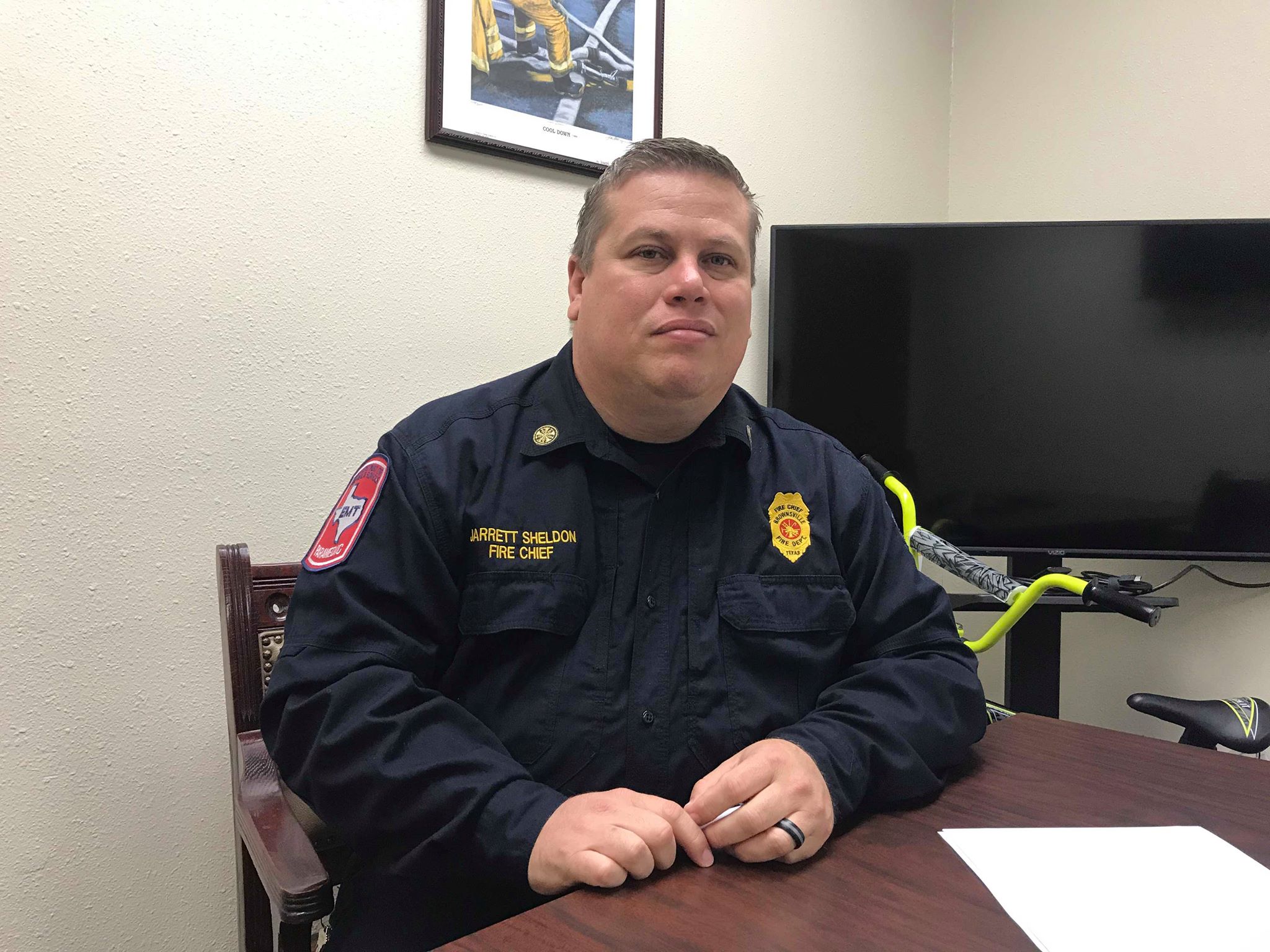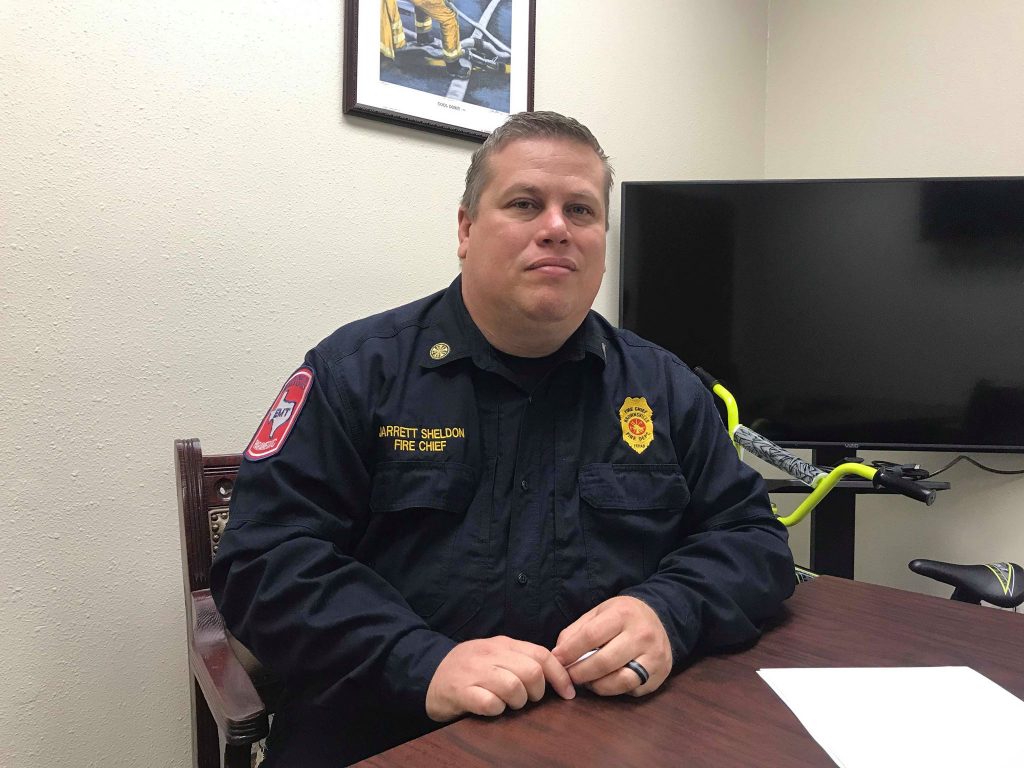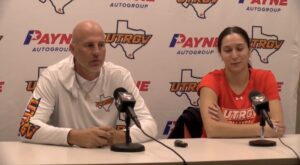

Last saturday, the national weather service, reported an elevated risk of “erratic fire behavior” in the Rio Grande Valley, with burn bans issued around the valley. The elevated risk is attributed from green grass turning drier and darker in color which increases the risk of wildfires, in the west area of interstate sixty-nine.
Chief from the Fire Department in Brownsville, Jarrett Sheldon, says there are frequent wildfires in Brownsville, sometimes ten a day.
They are happening less common than they used to, they’re still frequent, well get maybe one or two per week, or at times well get ten a day
The United States Drought Monitor classified the Rio Grande Valley as “abnormally dry” affected area, while other locations with “ severe droughts “ present. The U.S. Drought Monitor classification system also indicates the increased risk of large wildfires in some areas, as well as a drying of surface waters.
Juan Martinez, a Biology student from the University of Texas at Rio Grande Valley, says he does not think we are at risk of fires.
It’s to humid so we are also near large bodies of water, I don’t think we would be in dangers of fires here.
Preventive measures issued by The National Weather Service, include avoiding using fireworks, welding, or parking your car near tall and dry grass.
Fire Chief from the Brownsville Fire Department, Jarrett Sheldon says the fire department are well prepared to prevent wildfires.
We do have a risk at certain areas, so we strategically place our equipment in those areas to help combat and prevent fires, our goal is really prevention.
With the increases risks of wildfires through the Valley, but no official impacts from The National Integrated Drought Information System, we are still to see whether a wildfire threat develops.
Reporter Victor Rivero



